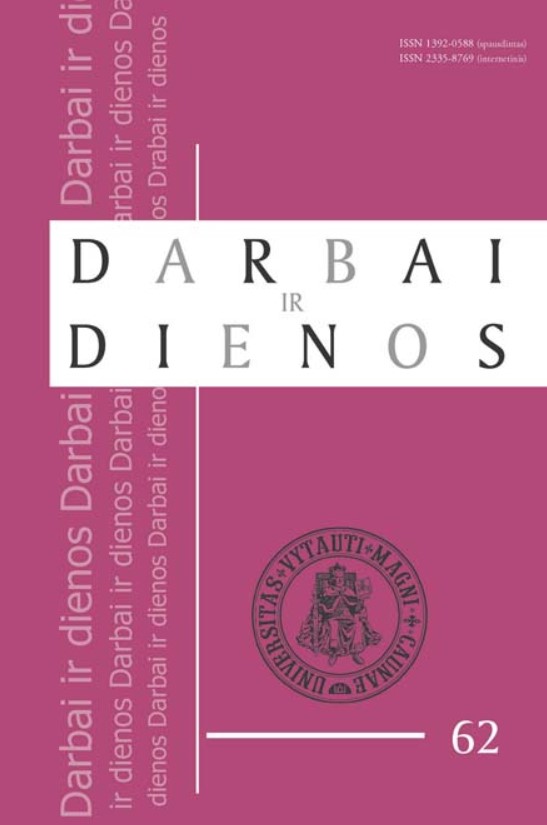EXPLORING LITHUANIAN REFLEXIVE VERBS FROM THE GENERATIVE SYNTACTIC PERSPECTIVE
EXPLORING LITHUANIAN REFLEXIVE VERBS FROM THE GENERATIVE SYNTACTIC PERSPECTIVE
Author(s): Julija KorostenskienėSubject(s): Morphology, Syntax, Lexis, Semantics, Baltic Languages
Published by: Vytauto Didžiojo Universitetas
Keywords: reflexive verb; verb predicate; Distributed Morphology; syntax-morphology interface; argument structure;
Summary/Abstract: The present article seeks to examine some regularities of Lithuanian morphosyntactic interface within the generative syntactic tradition. This study examines Lithuanian reflexive verbs to provide an account for the appearance of the reflexive marker -si- in two positions relative to the verb phrase – word finally in prefixless verbs and after the prefix in prefixed verbs, as well as to examine the overall composition of the Lithuanian verb predicate in light of its relation to the negative element. The analysis relies on the premises of Distributed Morphology, Ramchand‘s approach to argument structure within the framework of First Phase Syntax and versions of X-bar theory. It is argued that the reflexive marker is a physical manifestation of the trace of the subject, following Baker‘s (1984) Internal Subject Hypothesis. The negative phrase (NegP) is shown to be incorporating into the vP structure in otherwise prefixless verbs.
Journal: Darbai ir dienos
- Issue Year: 2014
- Issue No: 62
- Page Range: 59-80
- Page Count: 22
- Language: English

